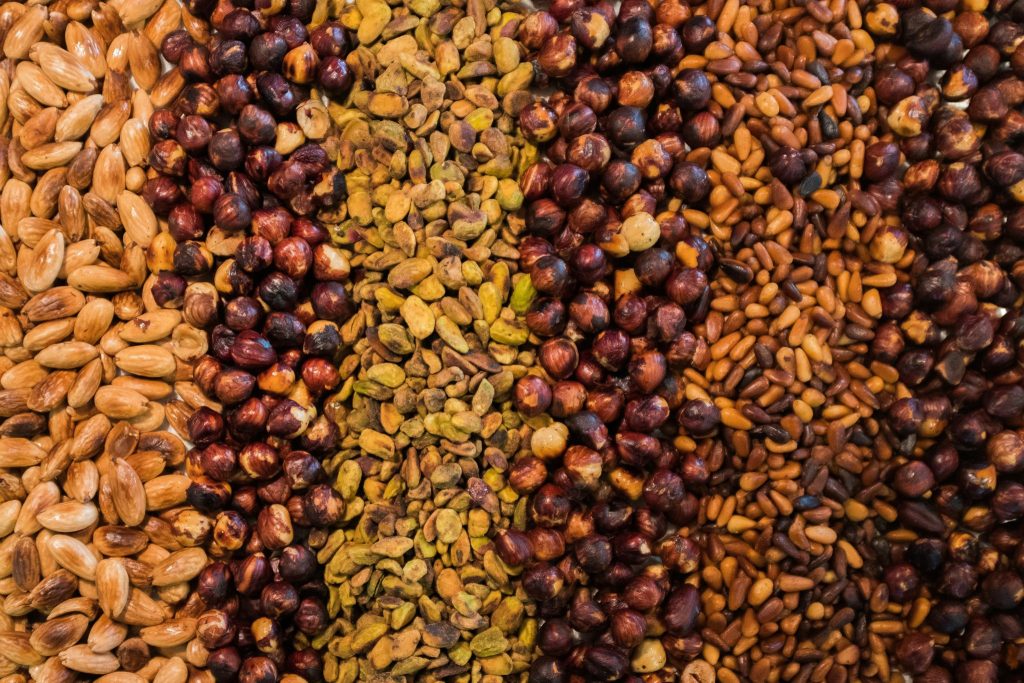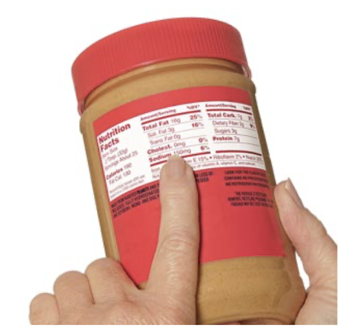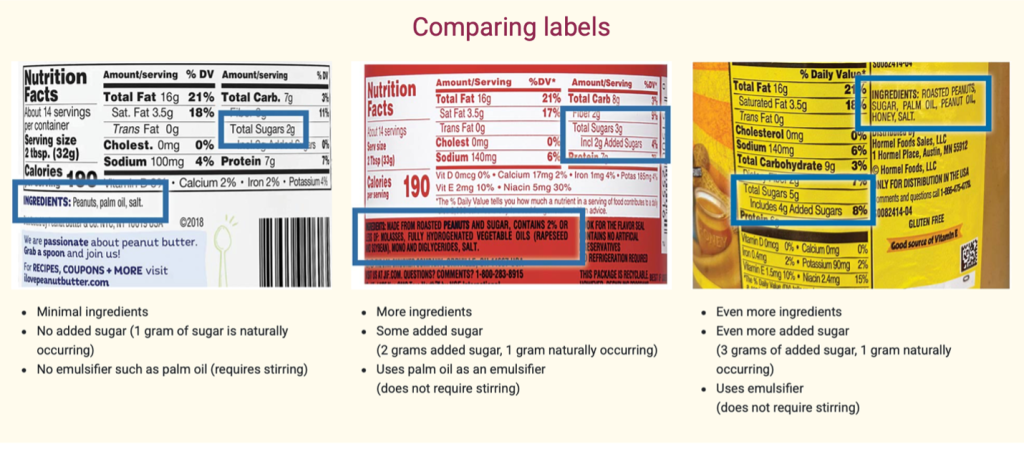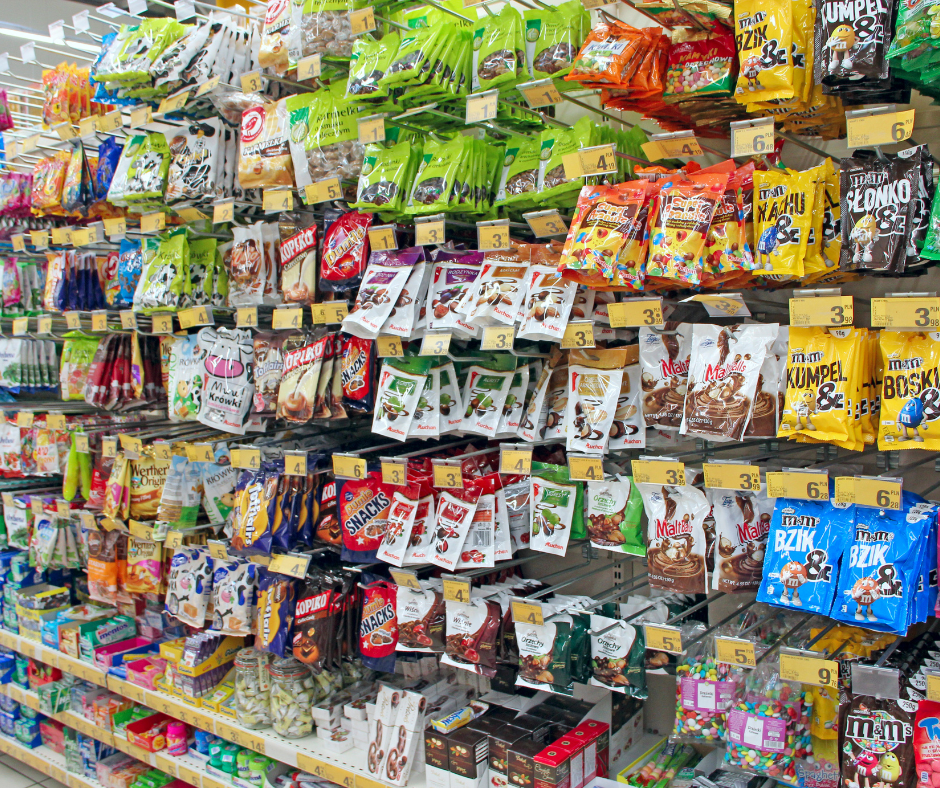
I have been in the nutrition business for over 40 years. This means that I participated in the low-fat crazy of the 90’s and early 200’s. High fat foods such as nuts and seeds were not go-to foods. Considering what we know now about fat in general and nuts and seeds in particular, we could not have been more wrong for taking these superfoods off the menu.
So, why are they now on the menu? First, the type of fat found in nuts and seeds is healthy unsaturated fat which has been shown to decrease the risk of heart disease, stroke, and some forms of cancer. Nuts have a fair amount of protein per
ounce that helps maintain lean body mass. Some have omega 3 fat which has been shown to have a protective effect for chronic illnesses including heart disease. They have a unique combination of healthy fat and antioxidants that decrease inflammation and protect your brain. The healthy fat in nuts and seeds helps keep you feeling full longer than other foods, which can help with weight maintenance. Nuts can help improve your mood thanks to their fiber content that helps balance your gut microbiome. If all of this was not enough, they are easy to carry for a quick on-the-go snack. Nuts and seeds are high in calories, so keep your serving size in check to about 1/4 cup (1 ounce) per day. Packaging nuts in small bags helps to keep you on track to get enough, but not too much, of this good thing.
The 3 most-asked questions I get about nuts and seeds:
Q: Should I eat raw OR roasted nuts and seeds?
A: There is not a lot of difference nutrition wise between raw or roasted nuts and seeds. Some folks are worried about the heat of roasting damaging some of the healthful components in nuts. All nuts (even raw nuts) are heat treated to kill pests, so they have already been exposed to some heat. Dry-roasting in a pan or in the oven to improve flavor will not have a big impact on their health promoting qualities. Do not, however, over roast; just give them a gentle toasting. You may wan tto try one of the recipes below for a roasted flavored nut. However, plain nuts are just fine too.
Q: What nut or seed is the healthiest?
A: All nuts and seeds are healthy choices. Each, however, does have unique qualities. Don’t get too hung up on this and just make sure to include a variety in your diet each day.
- Walnuts, chia seeds, and flax seeds are higher in omega 3 fat than other nuts and seeds.
- Pstachio nuts have been shown to have a positive impact on the brain.
- Almonds are higher in Vitamin E than other nuts.
- Peanuts (which are technically a legume) are usually lower in cost than many other nuts but have many of the same health promoting qualities.
In fact, daily consumption of nuts (including peanuts) has shown to have a decrease in overall cardiovascular disease risk reduction.1
Q: Do nut butters count toward my daily nut consumption?
A: Yes, nut butters such as peanut butter or almond butter are great ways to increase your nut consumption. Learn more about nut butters in my blog, Nut Butter Buying Guide.
Check out these recipes:


- Houston L, Probst YC, Singh MC, Neale EP. Tree nut and peanut consumption and risk of cardiovascular disease: A systematic review and meta-analysis of randomized controlled trials. Advances in Nutrition. 2023;14(5):1029-1049.
Don’t miss another great blog: Subscribe Now










